Nolina/ pony tail palm (bare rooted plant)
Original price was: ₹250.₹179Current price is: ₹179.
Out of stock
Email when stock available
Description
This product can ship to all over India
size : Around 25 cms
The Nolina, commonly known as the Ponytail Palm or Elephant’s Foot Palm, is a unique and attractive plant that belongs to the Asparagaceae family. Despite its name, it is not a true palm; it is actually a succulent plant native to arid regions of Mexico and the southwestern United States. The scientific name for the Ponytail Palm is Nolina recurvata.
The Ponytail Palm gets its name from its distinctive appearance, as its long, slender leaves cascade downward from the top of a thick, swollen trunk, resembling a ponytail or an elephant’s foot. This trunk stores water, allowing the plant to withstand drought conditions, which is a characteristic feature of many succulent plants.
When you mention a “bare rooted” Ponytail Palm, it typically refers to a plant that has been removed from its pot or soil, with its roots exposed. This can happen during transplanting or when purchasing a plant for replanting. Bare rooted plants need to be handled carefully and quickly reestablished in new soil to minimize stress and prevent root damage.
Here’s a basic overview of how to handle a bare rooted Ponytail Palm:
- Preparation: Have a pot or container ready with well-draining soil mix. You can use a cactus or succulent mix, which provides good drainage and aeration.
- Inspect Roots: Examine the plant’s roots for any signs of damage or rot. Trim off any dead or unhealthy roots using clean and sharp scissors or pruning shears.
- Replanting: Place the bare rooted Ponytail Palm in the new pot, ensuring that the base of the plant is at the same level as it was in its previous pot. Gently fill in the soil around the roots, pressing it down lightly to secure the plant.
- Watering: After replanting, give the plant a thorough but gentle watering. Allow the excess water to drain out of the pot to prevent overwatering, which can be harmful to succulent plants.
- Placement: Find a bright location for your Ponytail Palm where it can receive indirect sunlight. Too much direct sunlight can scorch the leaves, so providing filtered light is ideal.
- Care: Ponytail Palms are relatively low-maintenance plants. Allow the soil to dry out between waterings to prevent overwatering, as the plant is adapted to periods of drought. Fertilize sparingly during the growing season (spring and summer) with a balanced, diluted fertilizer.
Remember that bare rooted plants are more sensitive and vulnerable to stress, so it’s essential to minimize disturbances during the replanting process. With proper care, your Ponytail Palm should gradually adjust to its new environment and continue to thrive.
Only logged in customers who have purchased this product may leave a review.

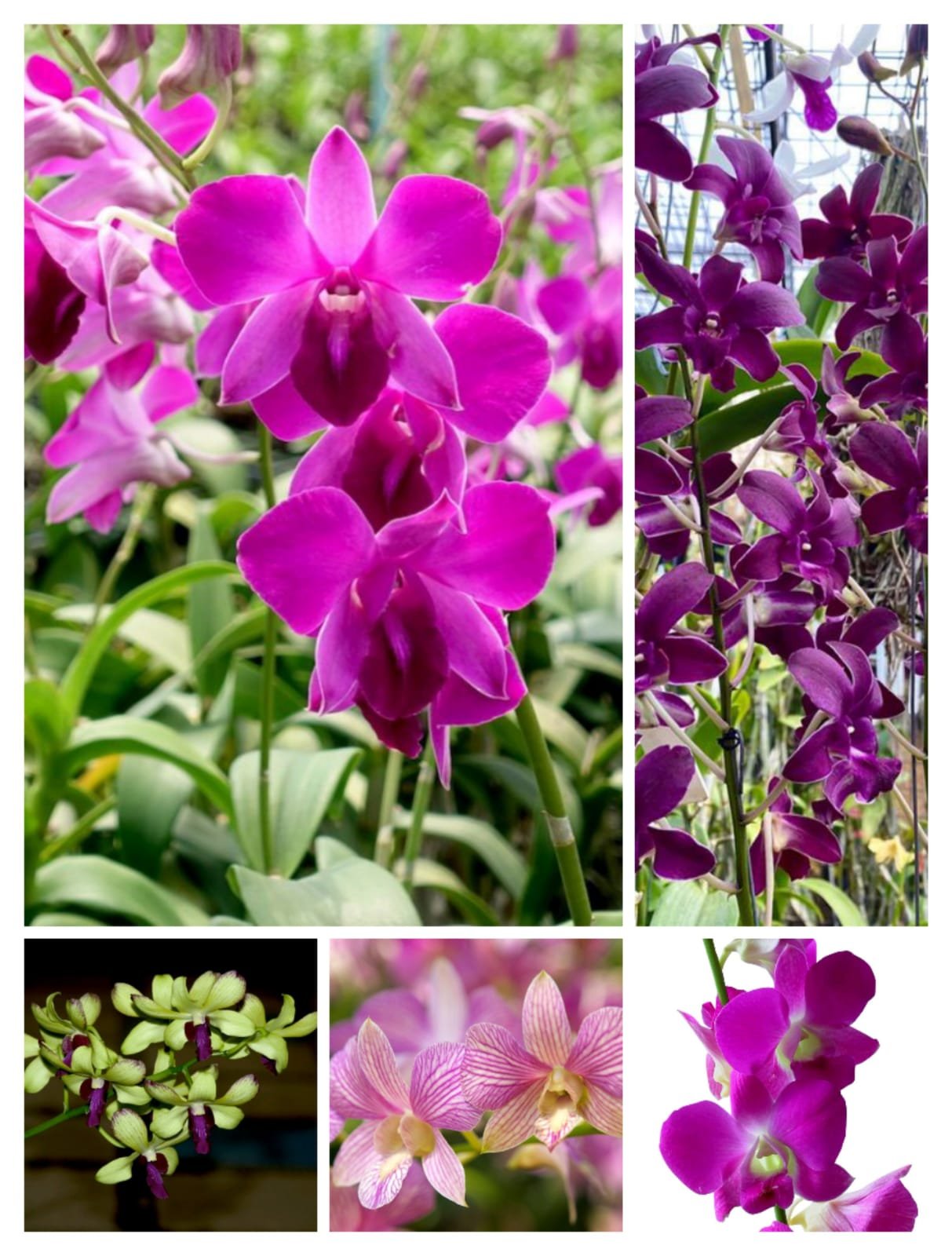
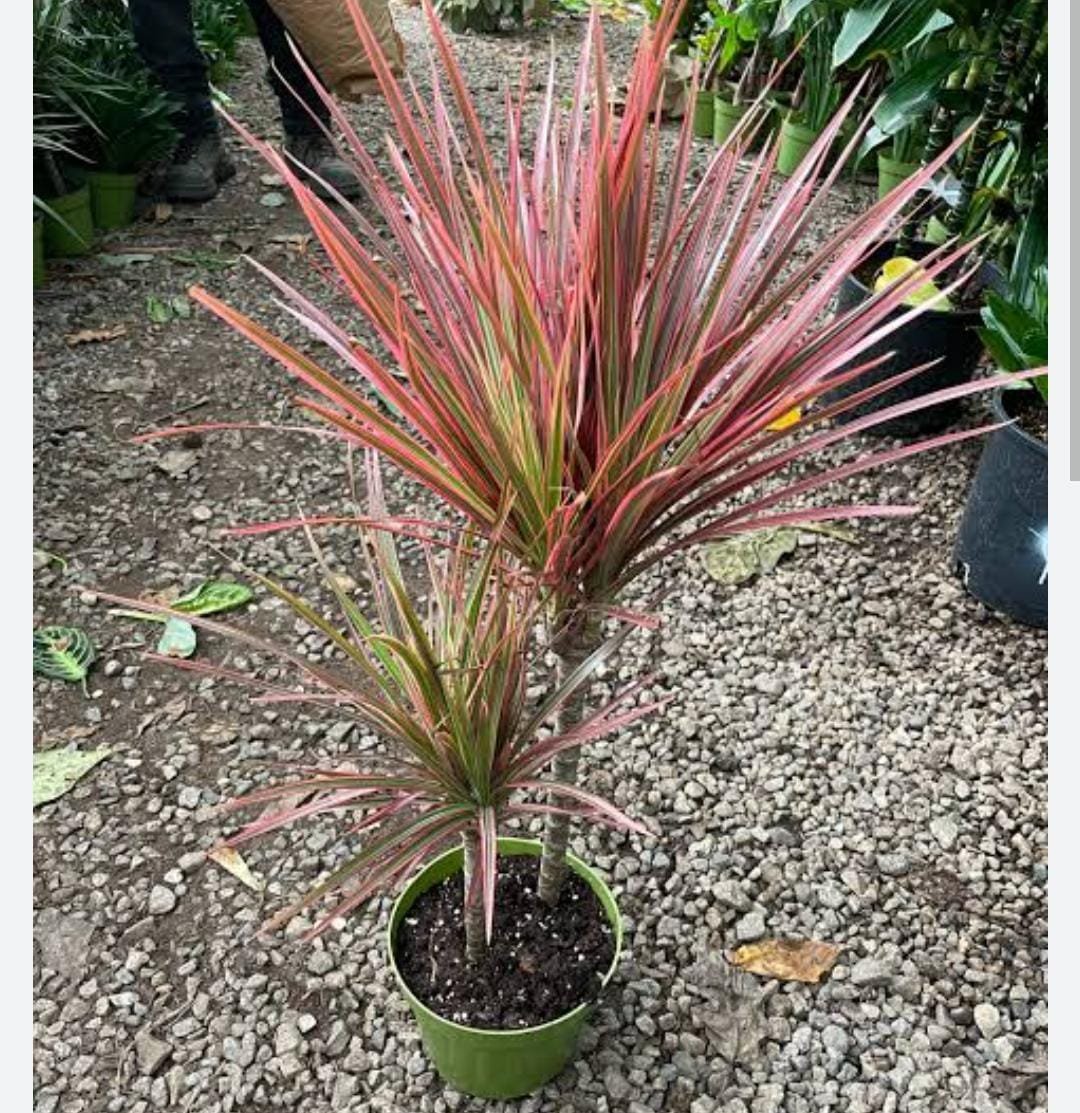
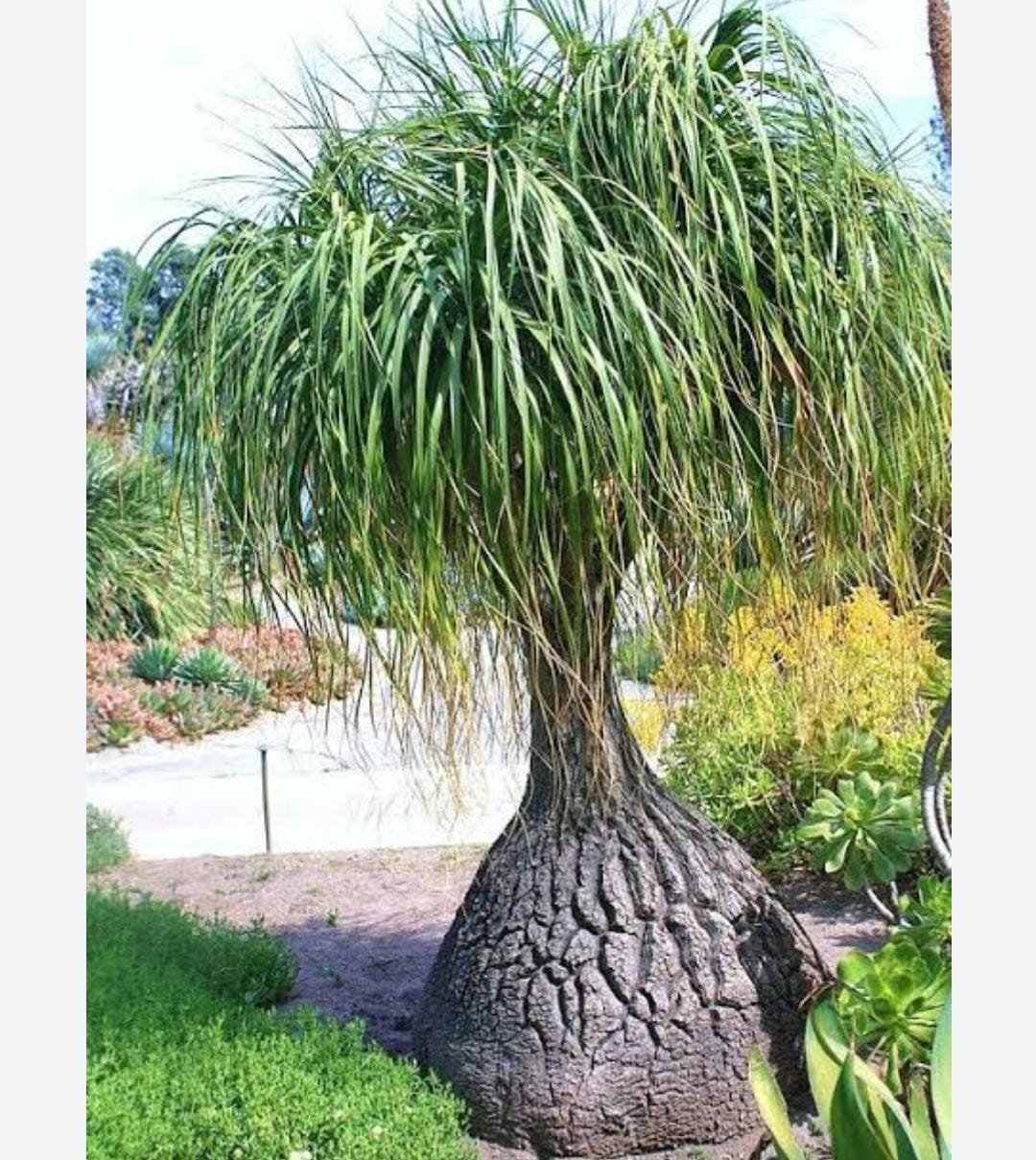

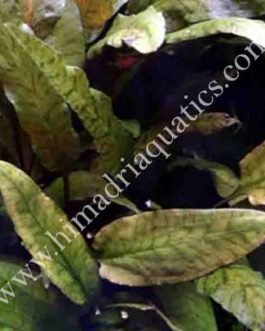
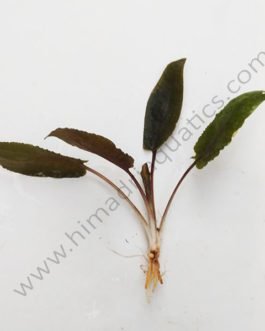
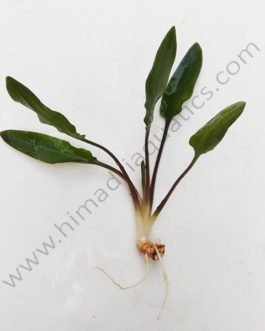
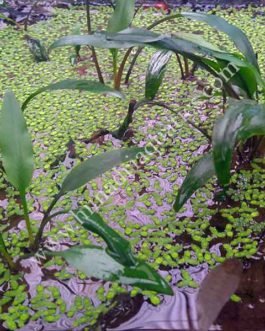
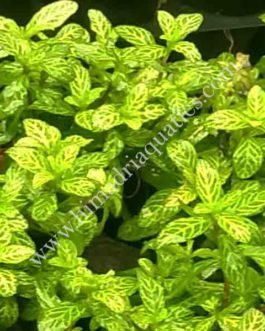

Reviews
There are no reviews yet.